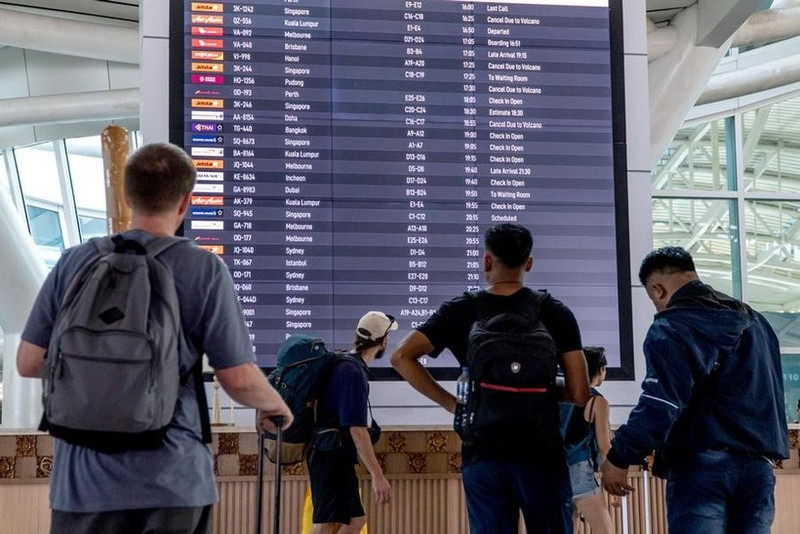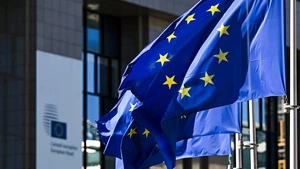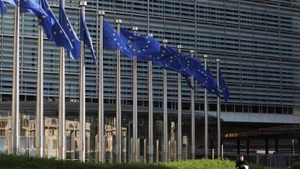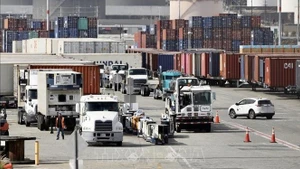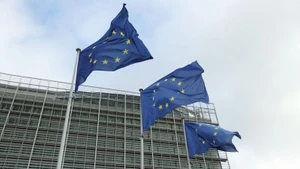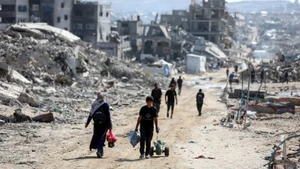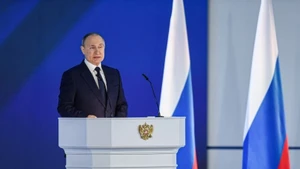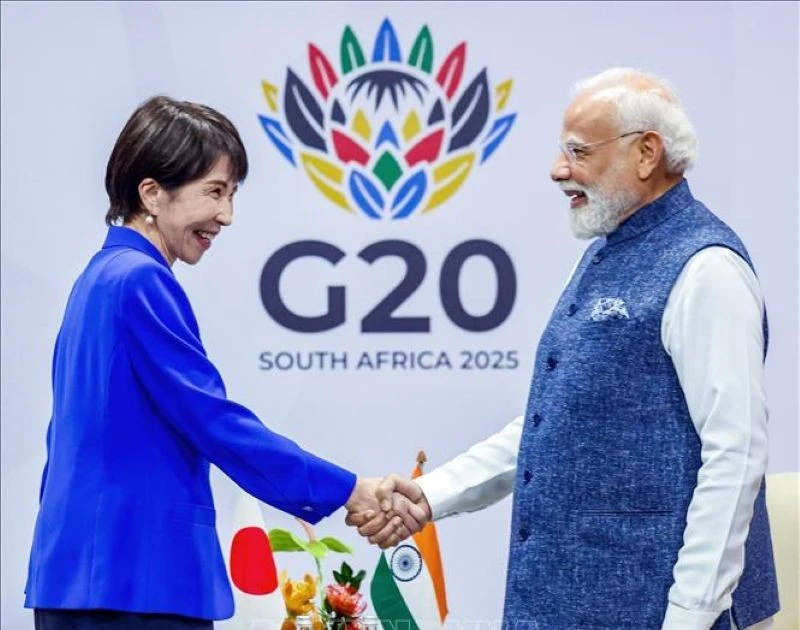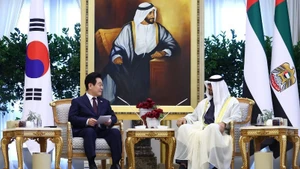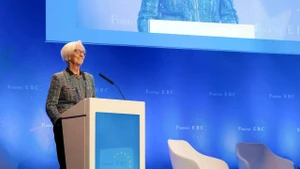Risks stemming from armed conflicts, soaring costs, trade tensions, and mounting pressure to decarbonise are seen as strong headwinds preventing the global aviation sector from truly taking off.
Volatile and unpredictable developments in the global economy have taken a toll on many sectors, including aviation. According to IATA’s latest report, fewer than 5 billion air passengers are expected to travel this year—falling short of the earlier projection of 5.22 billion.
Total industry profit in 2025 is forecast at 36 billion USD, down from earlier estimates. Air freight is expected to reach 69 million tonnes this year, also a decline from the earlier forecast of 72.5 million tonnes. Escalating trade tensions and uncertainty over major economies' trade policies have made it difficult for businesses to make investment and operational decisions, thereby dampening demand for air cargo.
Conflict and violence have also forced numerous flights to alter their routes. Beyond financial implications, the worst-case scenario would be aircraft being struck by missiles or other weapons. For instance, the recent tensions between India and Pakistan have led Indian airlines to take longer and costlier detours to avoid Pakistani airspace.
Aviation safety has become a pressing issue following a series of recent accidents in Kazakhstan, the Republic of Korea, and North America. Speaking at the IATA annual meeting in New Delhi, India, IATA Director General Willie Walsh urged governments to improve intelligence sharing in order to enhance civil aviation security.
While the aviation industry has emerged from the turbulence of the COVID-19 pandemic, it continues to face numerous risks on its path to recovery. Airlines are still grappling with surging costs, supply chain bottlenecks, and a fall in ticket prices.
Labour shortages remain another challenge. In early May, a staffing crisis at Newark Liberty International Airport in New Jersey, the US, led to flight departure delays for seven consecutive days—an unprecedented situation that caused significant inconvenience for travelers.
On the environmental front, the aviation sector currently accounts for roughly 2.5–3% of global emissions and is under increasing pressure to contribute to tackling the climate crisis. Sustainable aviation fuel (SAF) is believed to reduce emissions by up to 80%. However, SAF costs three to five times more than conventional jet fuel. IATA has estimated that the industry would need 500 million tonnes of SAF by 2050 to meet its environmental goals.
Back in 2021, the aviation industry collectively committed to reaching net-zero carbon emissions by 2050. However, IATA recently acknowledged that airlines are struggling to meet these sustainability targets and they remain unclear on how they can secure sufficient financial resources to transition to SAF and new technologies.
IATA Director General Willie Walsh emphasised that the first half of 2025 has seen significant global instability, yet airlines have been striving to adapt to challenges. He called on policymakers to refrain from imposing additional taxes on the aviation industry and urged governments to collaborate on intelligence sharing and the establishment of clear global regulations to ensure flight safety. Such measures, he noted, would provide much-needed momentum for the aviation industry to navigate these headwinds.
